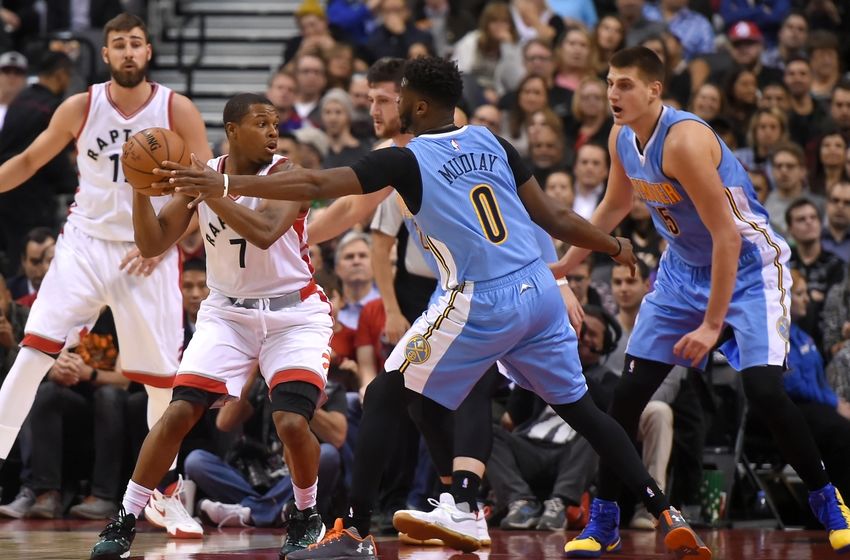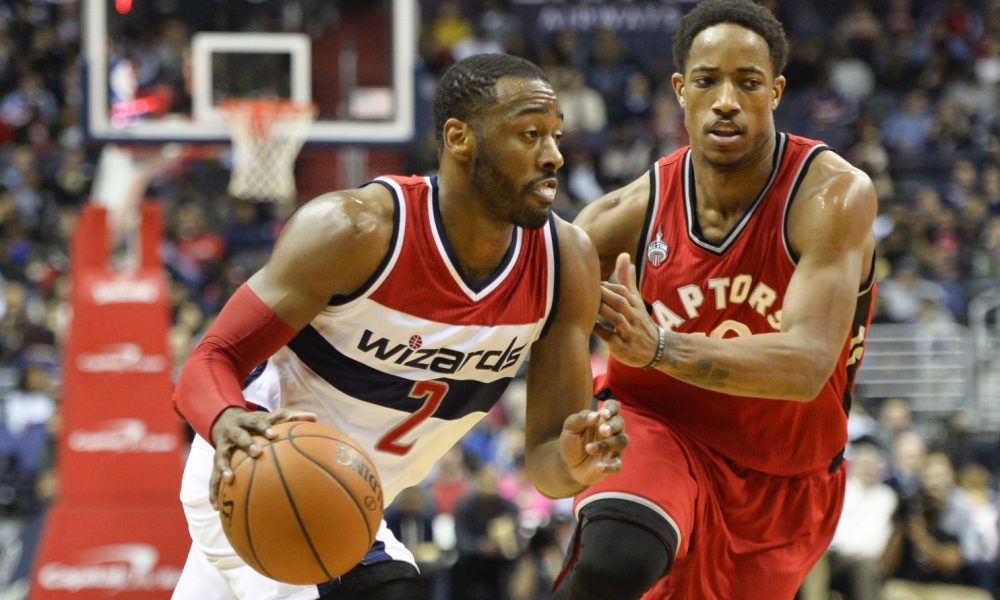Small Sample Size Theatre is going to be a regular look at statistical anomalies and outliers; things that are happening right now but with a sample size too small to determine if they’re significant or things that are obviously outliers but are points of interest nonetheless.
The early season is obviously the best time to look at small sample sizes; there is quite literally nothing else that exists when less than a handful of games have played. The Raptors have had a fairly successful start to their season but have done so in ways that are somewhat puzzling and leave us with more questions than answers, especially regarding their offense.
The obvious candidate for a discussion of statistical outliers would be DeMar DeRozan’s red hot start to the year, scoring more points in the first three games than he has ever scored in a three game stretch. This is obviously not sustainable(but maybe it is – prove me wrong!) and is a topic of discussion everywhere you turn so we’ll leave that alone use this space to talk about the Raptors assist numbers, which have yielded a lot of anomalies so far.
The Power of One
Those of us who were concerned about the Raptors assist numbers last year have to be shaking our heads at the way they’re sharing the basketball this season. If these numbers hold up for an entire season the Raptors will easily be the worst passing team in recent NBA history. Their assist percentage is currently sitting at 38.5% – in the 20 years of data available on the NBA’s stats website no team has even finished below 45%. In this small sample the Raptors are taking the concept of individual basketball to unseen heights.
DeRozan has an individual outlier of significance on this front: he is listed on basketball-reference.com as having a usage of 37.8 and an assist percentage of 8.2. This 29.6 point gap between the two is by far the highest ever recorded, the next closest recorded over a full season being John Drew’s 24.4 gap all the way back in 1981.
One Step Forward, Two Steps Back
Passes made has only been tracked since 2014 and the Raptors current mark of 258.7 would be the second lowest recorded to date, with Mark Jackson’s Warriors being the only team to best(or worst?) them. For those of us who remember the pre-Kerr Warriors the Raptors being near them in terms of sharing and inclusiveness on offense is not a very comforting thought. The Raptors did well to get themselves into the middle of the pack last year but have regressed in part because they’ve been able to create so much offense off the dribble and on the offensive glass.
Not surprisingly it’s DeRozan who has taken the biggest step back in playmaking relative to the previous three seasons. Adjusted assist-to-pass percentage measures the percentage of passes that turn into assists, secondary assists or FT assists and it has DeMar performing well over the last few years; he was the team leader in 2014 and 2016 and trailed Kyle Lowry by less than a point in 2015. So far he is 5th on the team and his solid 13.4 from last season has dipped to 7.3 this season. He hasn’t been a very willing passer or a very effective one, but to be fair this isn’t just on him and so long as he is scoring like this it probably doesn’t matter. It does mean that if his scoring volume or efficiency starts to regress he needs to return to form as a playmaker if the Raptors are going to fight for a top spot in what appears to be a more competitive Eastern Conference, though.
The Race to One
A not-at-all-surprising statistic for the Raptors: neither of their rookie big men has managed to record an assist. Pascal Siakam and Jakob Poeltl have each looked solid on the defensive end for stretches but their offensive contributions have been almost non-existent. This opens up a potentially interesting betting line for the gambling addicts in the house: which big man records an assist first? Poeltl probably has the edge in ability, particularly on the offensive glass which could open up opportunities for an easy assist on a kick out but Siakam is on the floor more and plays more minutes with the Raptors better finishers. Siakam is more likely to luck into an assist, Poeltl more likely to earn one.
It’s Not All Bad
There aren’t a lot of positive things to say about the Raptors early season passing numbers but thankfully a deeper look does provide a possible reason and also a light at the end of the tunnel. These are NBAwowy’s numbers for the Raptors offense last year:

That assist percentage is low but still much better than what we’ve seen this season:

But something interesting happens when you remove Poeltl and Siakam from the equation:

In the limited minutes they’ve played together the Raptors returning from last season still put up roughly the same assist percentage. These early season assist numbers may be heavily influenced by the introduction of two inexperienced and offensively limited players without allowing the team enough time to adjust. As their comfort level increases and the team adds new wrinkles to better utilize their skills – or hide the lack of them – we should see those assist numbers climb begin to inch closer to respectability.



